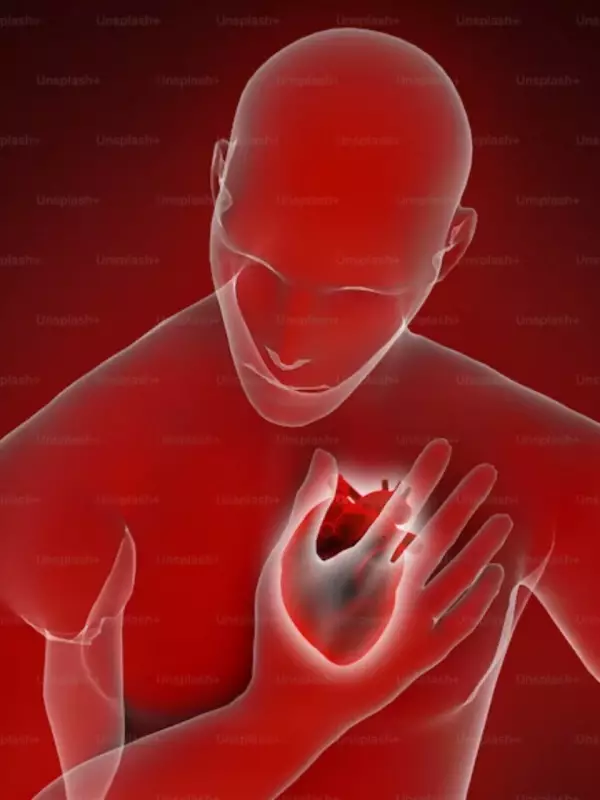
When we think about heart attack risks, high cholesterol, smoking, and obesity typically come to mind. However, medical research reveals that several external environmental factors lurking in our daily lives can significantly increase cardiovascular danger.
The Silent Heart Attack Triggers Around Us
Cardiologists are increasingly concerned about environmental elements that can push vulnerable individuals toward cardiac events. These factors affect even those who maintain healthy lifestyles, making awareness crucial for prevention.
1. Air Pollution: The Invisible Threat
Fine particulate matter from vehicle emissions, industrial smoke, and construction dust doesn't just damage your lungs. These microscopic particles enter your bloodstream, causing inflammation and arterial damage that can trigger heart attacks within hours of exposure.
2. Temperature Extremes: Your Heart's Worst Weather
Both extreme cold and intense heat force your heart to work overtime. Cold weather constricts blood vessels, raising blood pressure, while extreme heat causes dehydration and electrolyte imbalance - both scenarios dramatically increase cardiac strain.
3. Sudden Physical Exertion: The Weekend Warrior Risk
That intense workout after a sedentary week or sudden heavy lifting can be dangerously shocking to an unprepared cardiovascular system. The sudden spike in blood pressure and heart rate may rupture arterial plaques.
4. Emotional Tsunamis: When Feelings Attack Your Heart
Intense emotional stress - whether anger, grief, or sudden shock - floods your body with stress hormones that spike blood pressure, increase heart rate, and can trigger what's known as 'broken heart syndrome.'
5. Poor Sleep Quality: The Nightly Heart Strain
Chronic sleep deprivation and conditions like sleep apnea don't just leave you tired. They create oxygen deprivation, blood pressure spikes, and increased inflammation - a perfect storm for cardiovascular events.
6. High Altitude Challenges: Thin Air, Thick Problems
Rapid ascents to high-altitude locations can be dangerous for heart patients. Reduced oxygen levels force the heart to pump harder and faster, potentially overwhelming already compromised cardiovascular systems.
7. Viral Infections: The Inflammation Connection
Recent illnesses, particularly respiratory infections like flu or COVID-19, create widespread inflammation that can destabilize arterial plaques and trigger blood clots, increasing heart attack risk for weeks after recovery.
Protecting Your Heart in a Risky World
While you can't control every environmental factor, being aware of these triggers allows for proactive protection. Monitor air quality indexes, acclimate gradually to temperature changes and high altitudes, manage stress through meditation, and maintain consistent physical activity rather than sporadic intense workouts.
Most importantly, recognize that heart protection extends beyond diet and exercise. Understanding these external triggers could be what stands between you and a cardiac emergency.





